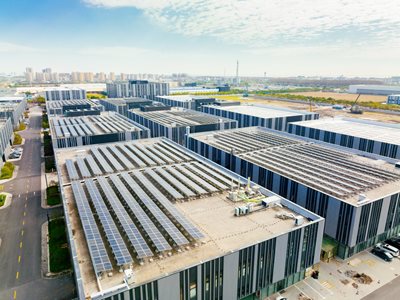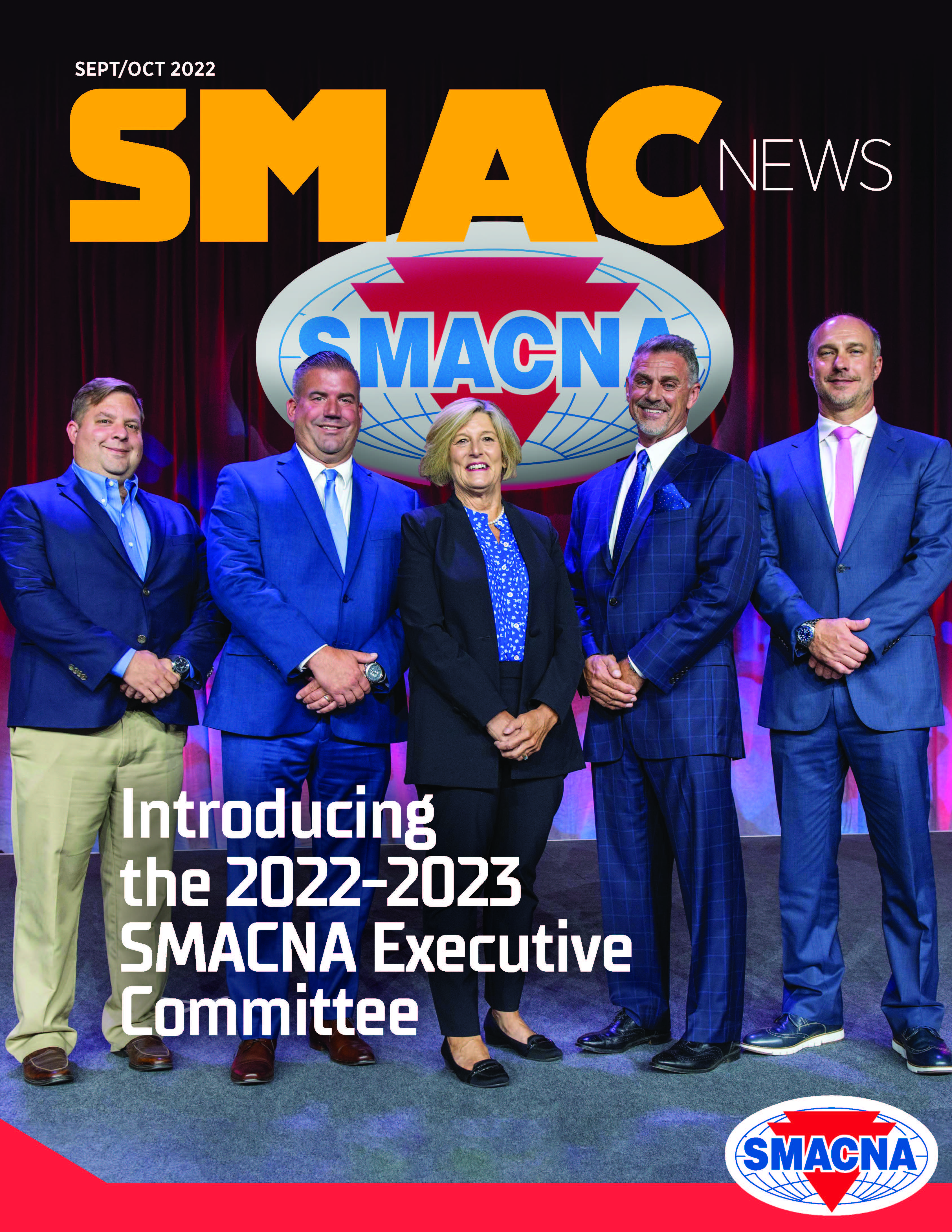Expanded Section 179D Tax Savings for Energy-Efficient Building & Design
The Inflation Reduction Act, signed and passed into law on August 16, 2022, includes $369 billion in climate and energy spending.

Ronald J. Eagar
The Inflation Reduction Act, signed and passed into law on August 16, 2022, includes $369 billion in climate and energy spending. One of the most exciting parts of the package expands the benefit of Section 179D, which provides a tax deduction for contractors who install or design energy-efficient HVAC, building envelope and lighting assets in qualifying structures.
Finally, we have a change we’ve been waiting for since the deduction’s inception in 2006. Do you want your piece?
While much of the 179D deduction as we know it remains unchanged, the Act contains some new win-win changes. Previously limited to work performed on government-owned buildings, the 179D deduction can now be applied to projects completed for other tax-exempt entities, including nonprofit organizations, religious groups and educational institutions.
The Act also expands the benefit to more contractors by lowering the eligibility threshold. The deduction can now be taken for buildings that show at least 25% energy savings – half of the previous 50% requirement.
The amount of the deduction will be determined by the amount of energy savings achieved. Starting at 50 cents per square foot at the 25% threshold, the deduction increases by 2 cents per square foot for each percentage point above that, up to $1 per square foot.
Under prior law, the deduction maxed out at $1.88 per square foot. Contractors can now exceed this amount and earn a “bonus” deduction (up to $2.50 per square foot at the base 25% threshold) if they pay prevailing wages and meet apprenticeship requirements. This “bonus” deduction increases 10 cents per square foot, up to $5 maximum. It is important to note that each job stands on its own, with regard to this deduction.
The Act also removed the previous lifetime cap of $1.88 per square foot on the deduction, replacing it with a three-year cap. This allows the deduction to be claimed on the same building after three years if qualified upgrades have been made.
Obviously, this becomes a decision for the contractor. Depending on size and building components involved, the contractor will need to come up with the best combination of increased payroll cost on a job and 179D deduction.
As always, the 179D deduction applies to both new construction and renovation of qualifying commercial buildings (retail, office, industrial or warehouse) and apartment buildings (four stories or more). It is available to building owners, as well as contractors and designers. To qualify, the building must have been placed in service after December 31, 2005.
Our Construction and Architecture & Engineering professionals can help you maximize the 179D deduction on completed installations and determine your eligibility for future projects. For more information, please reach out to your Grassi advisor or contact Ronald J. Eagar, Partner, at reagar@grassicpas.com.
Published: October 31, 2022
IN THIS ISSUE
Big Project Requires Big Ductwork
Apollo Mechanical tackles a project for one of the world’s largest manufacturers in the semiconductor industry.
Building Based on Relationships
This Canadian sheet metal company is thriving without a shop, building a successful business on the back of great relationships.
Capitol Hill Update: FY2023 Budget: Chaos Again With No Final Budget
The House has passed one government funding package consisting of six spending bills for the fiscal year that begins on Oct. 1. But the remaining six measures — including the two biggest bills, Defense and Labor-HHS-Education — won’t see any floor
CEO UPDATE: SMACNA Focuses On 2023 Priorities
It was wonderful to see so many SMACNA members at our convention in Colorado Springs. The Broadmoor is one of my favorite destinations, and it did not disappoint. I have always admired their ability to provide outstanding customer service every time
Expanded Section 179D Tax Savings for Energy-Efficient Building & Design
The Inflation Reduction Act, signed and passed into law on August 16, 2022, includes $369 billion in climate and energy spending.
Finding and Keeping Good Field Leaders
Field supervisors, project managers and superintendents represent an outsized slice of the struggle to attract and retain talented people. There are two major challenges to finding and keeping good field leaders.
Focusing on Fire Safety
SMACNA introduces Fire, Smoke, and Radiation Damper Installation Guide for HVAC Systems, 6th Edition.
In-House, Local Fabrication Helps Secure Building Project
IMC’s location, unique skillset and general contractor relationship secures them a 5-story, mixed-use building project in Sioux City, Iowa.
NLRB’s Recent Activity Constrains Employer Dress-Code Rights, Increases Joint-Employment Exposure
A flurry of late-summer activity from the Biden-dominated NLRB has produced at least two noteworthy changes for employers regarding displays of union insignia, and joint-employer status.
SMACNA Convention: Building Resilience Through Adaptation
Amid constant change, SMACNA convention attendees learn to adapt and grow.
Spotlight On Indoor Air Quality
It is a great privilege to serve as SMACNA’s president and to have seen so many of you at SMACNA’s National Convention in Colorado Springs. As I mentioned on stage, one of my favorite sayings to live by is, “If it's worth doing, it’s worth doing
Welcome New SMACNA Members
Welcome New SMACNA Members
What All Contractors Need To Know About CMMC
Honestly, this is the freight train that is heading toward the construction industry, and while some contractors are aware and working on this, so many companies in construction have no real clue about this potentially harmful (financially)



